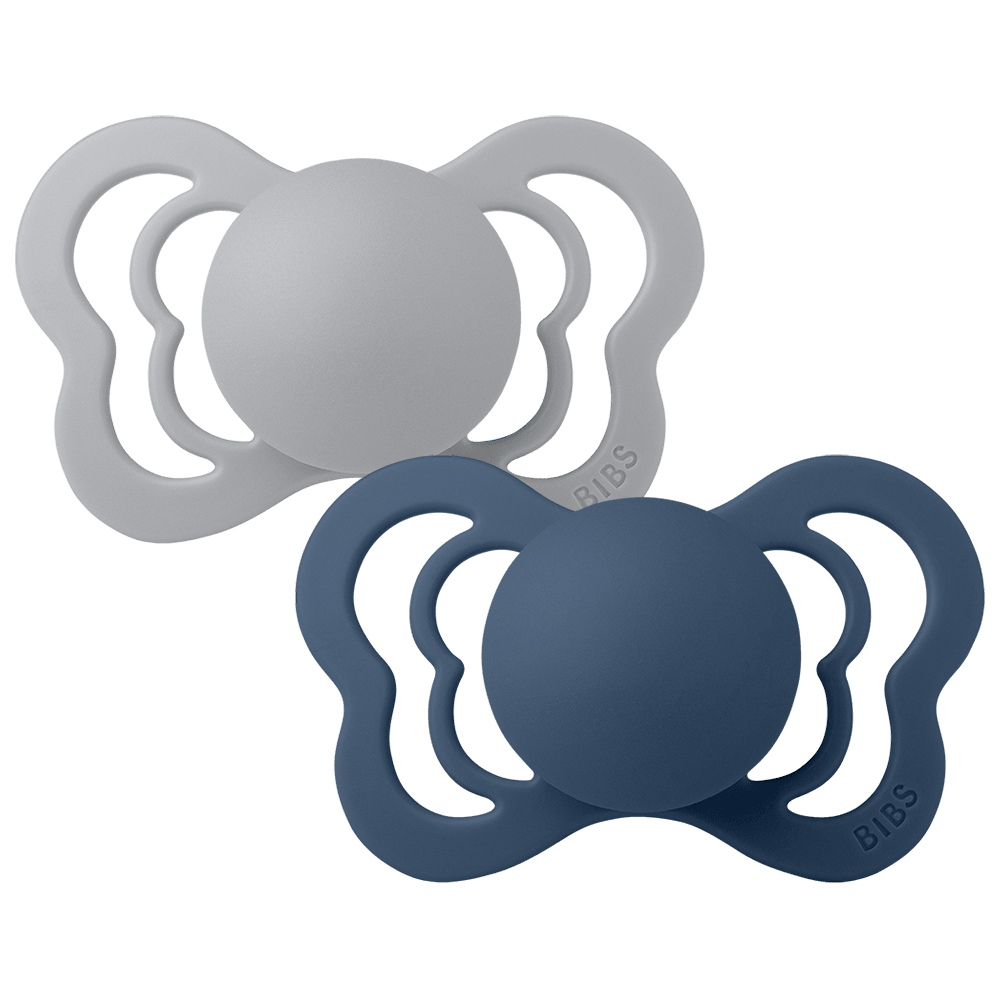
What is latex allergy?
Natural rubber latex is made from the sap of the rubber tree. It is the proteins in the latex sap that cause latex allergy.
Which products can cause latex allergy?
Products containing latex. This includes items such as rubber gloves, elastic bands, pacifiers, condoms, and balloons.
What are the symptoms of latex allergy?
If you have a latex allergy, the following symptoms may occur if latex touches the skin:
- Redness
- Itching
- Hives
- Eczema
People with latex allergy may also experience symptoms when they eat certain fruits and vegetables. This is because there are proteins in these foods that resemble latex protein [1].
How is latex allergy treated?
If you have a latex allergy, you should completely avoid exposure to latex.
Is latex allergy hereditary?
Latex allergy is not hereditary [1] since you don't inherit a specific allergy but rather the tendency to develop allergies. Though, if a parent has a latex allergy, the child should still avoid frequent contact with latex [3].
How common is latex allergy?
Generally, latex allergy is rare. Data analysis suggests that the average latex allergy prevalence among the general population worldwide is 0,8 - 4.3%. [1,2,4].
How BIBS communicates about latex
As part of BIBS product compliance, we provide information on all relevant products stating, "Produced from Natural Rubber Latex". This ensures that parents are informed about the latex composition of products, allowing them to take necessary precautions in case they or their child have a latex allergy.
References:
[1] https://www.sundhed.dk/borger/patienthaandbogen/allergi/sygdomme/oevrige-sygdomme/latexallergi/ Accessed 02-24
[2] https://www.health.ny.gov/environmental/indoors/food_safety/latex/ Accessed 02-24
[3] https://babyinstituttet.dk/latexallergi Accessed 02-24
[4] Wu M, McIntosh J, Liu J. Current prevalence rate of latex allergy: why it remains a problem? J Occup Health. 2016;58:138–144. doi: 10.1539/joh.15-0275-RA https://www.ncbi.nlm.nih.gov/pmc/articles/PMC5356959/ Accessed 02-24


















